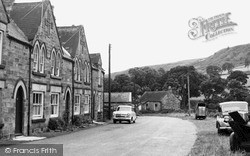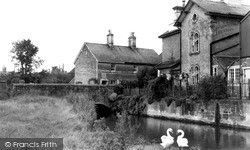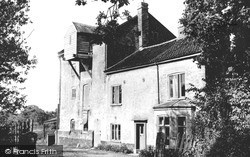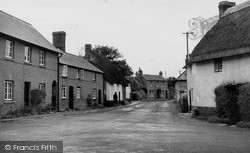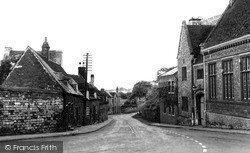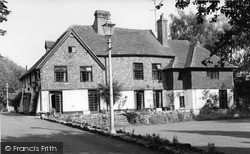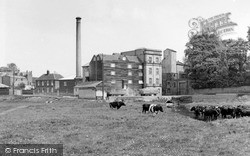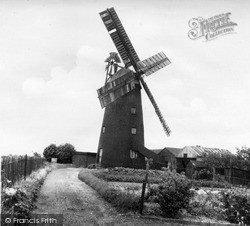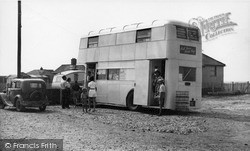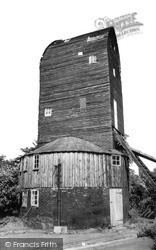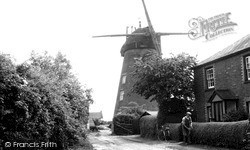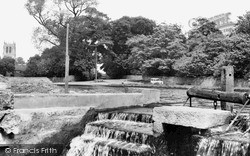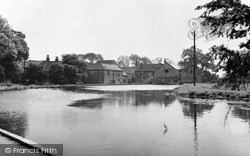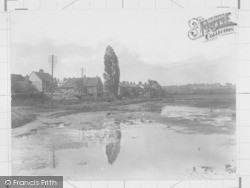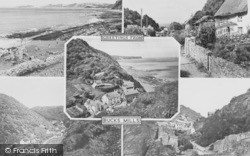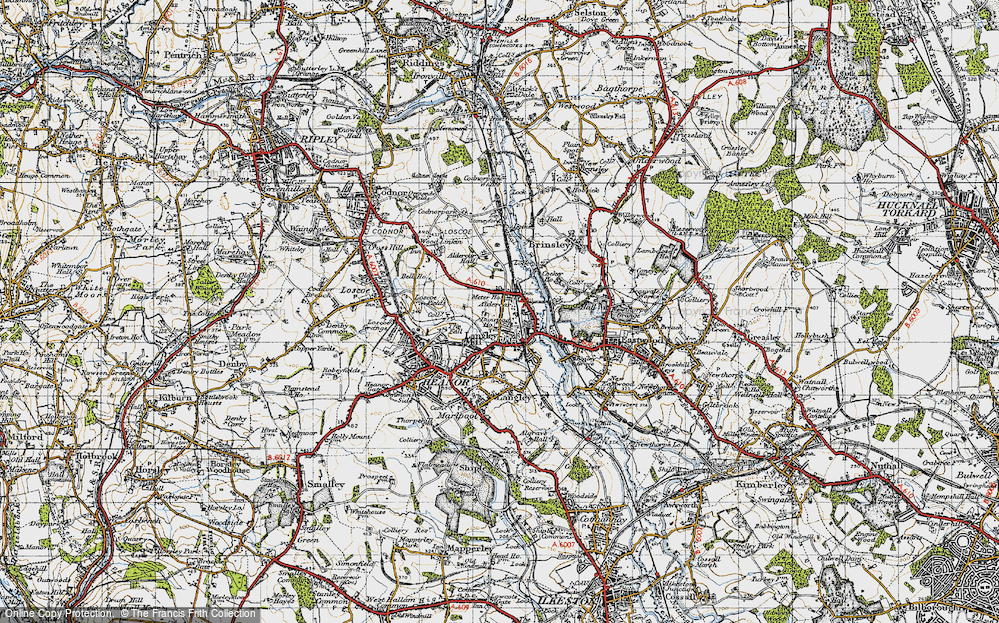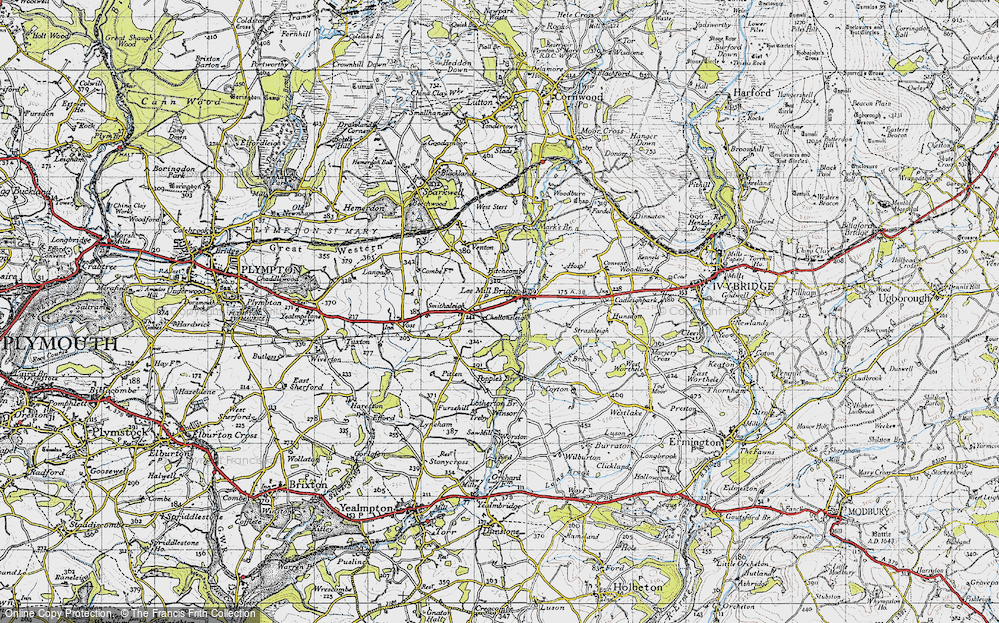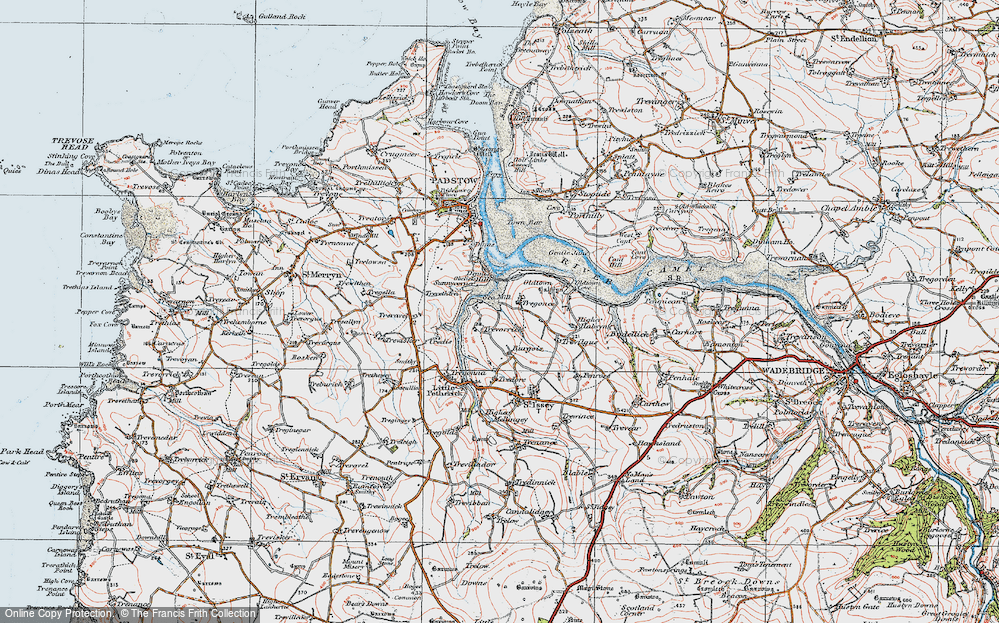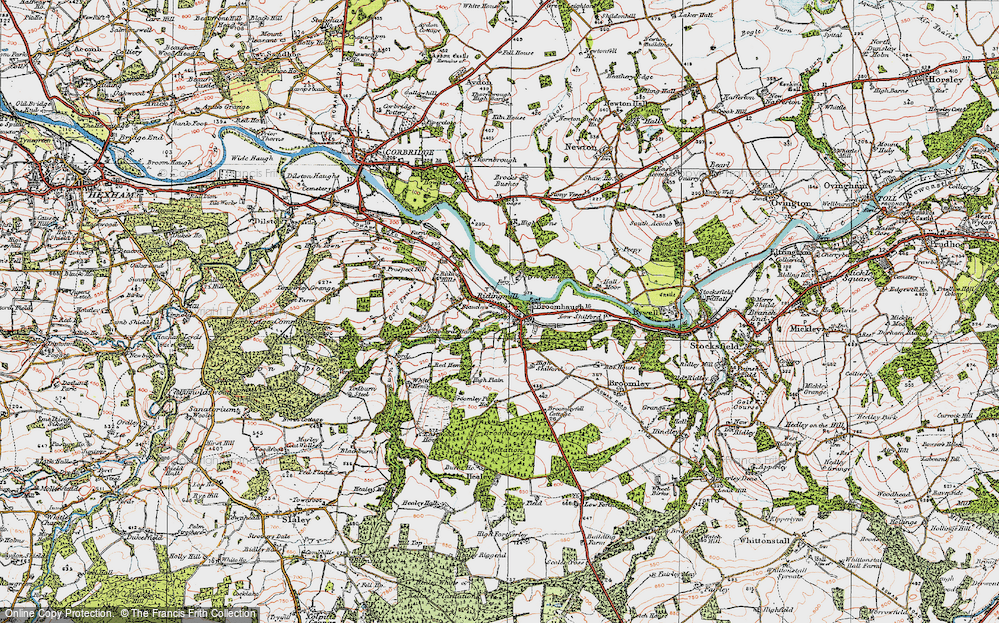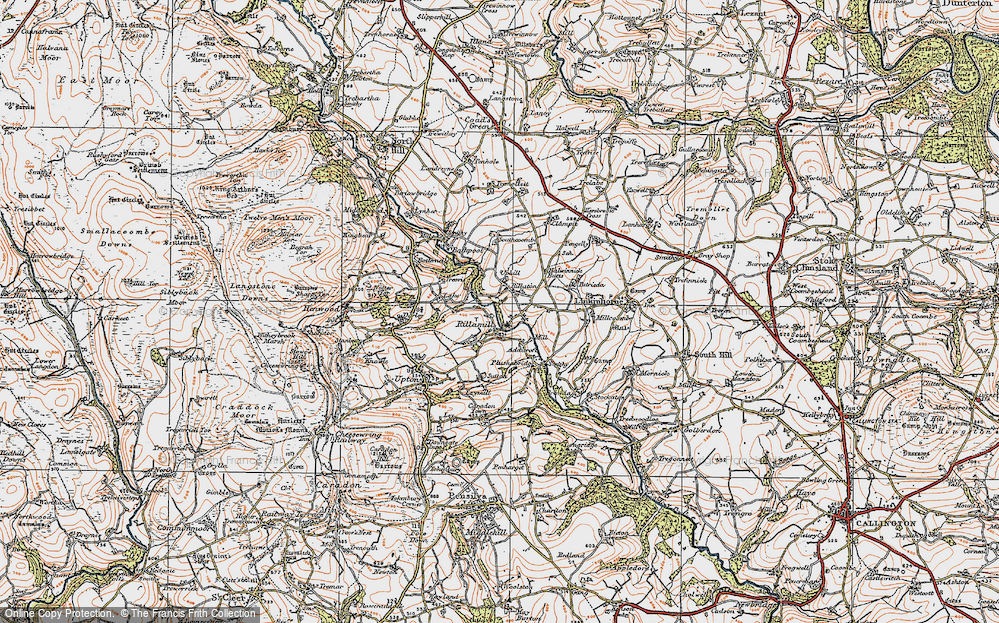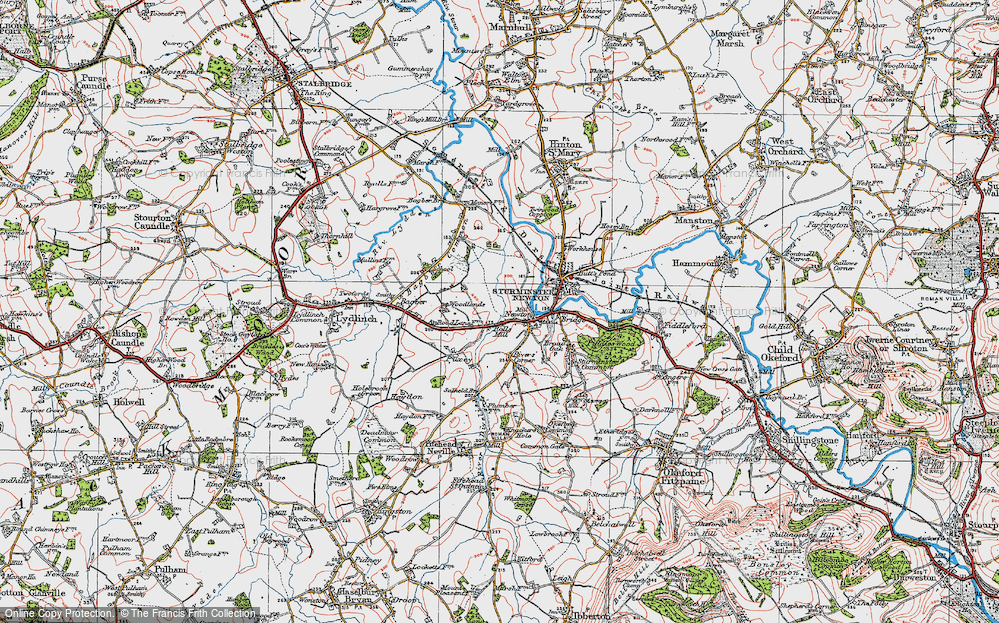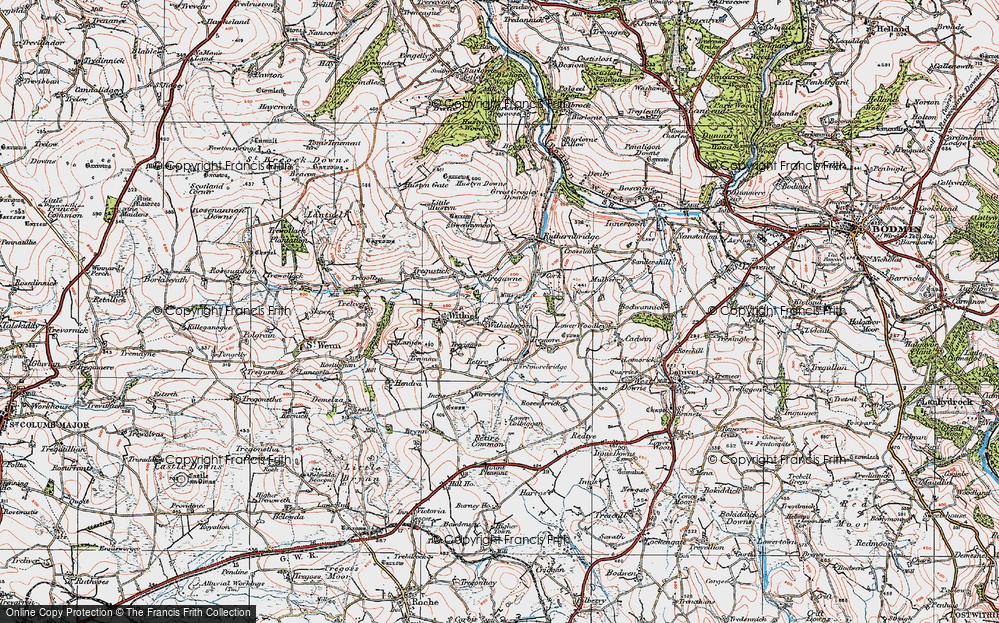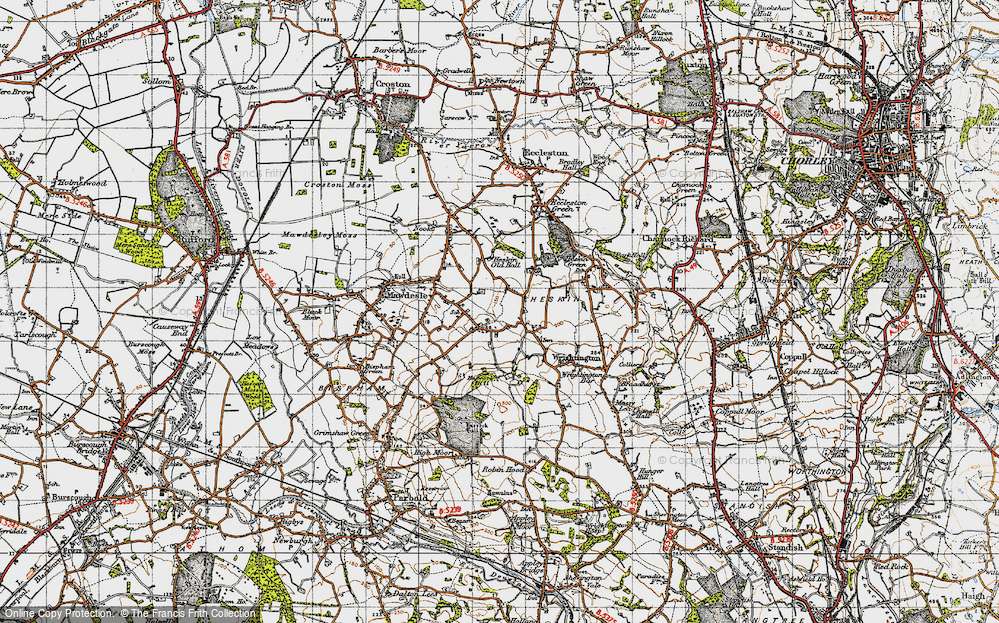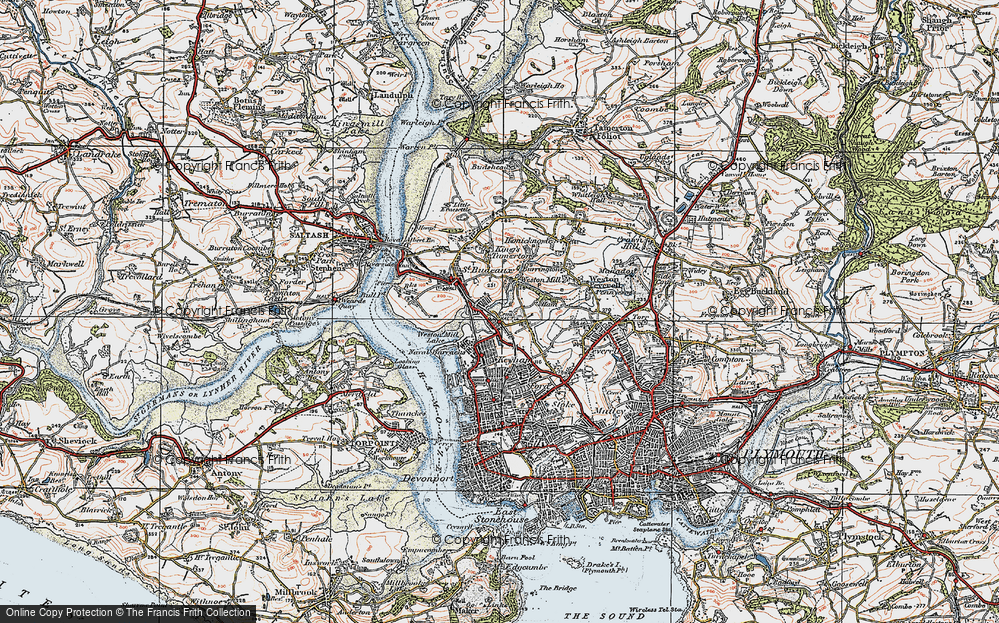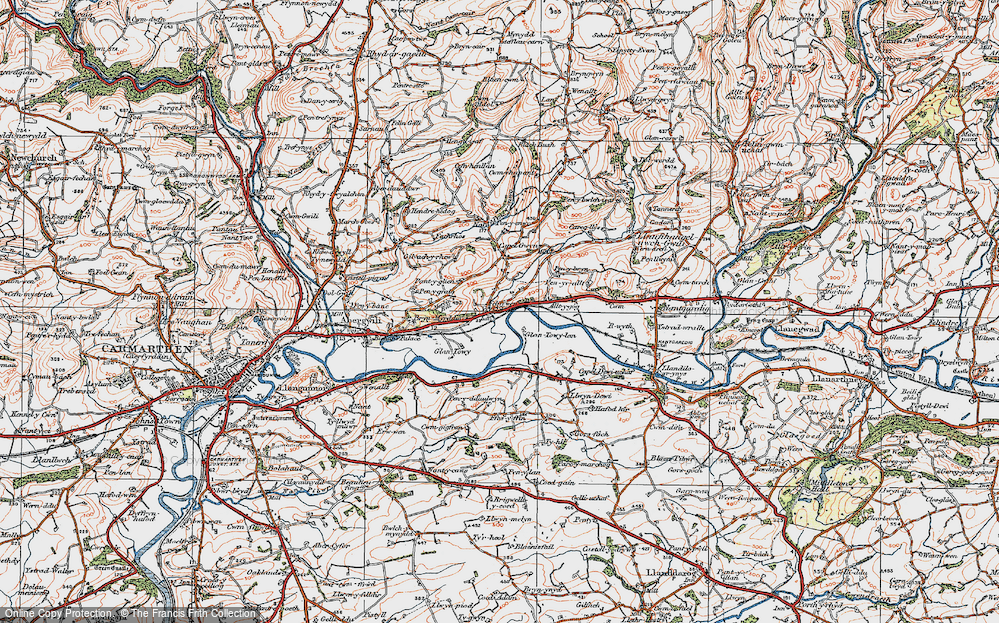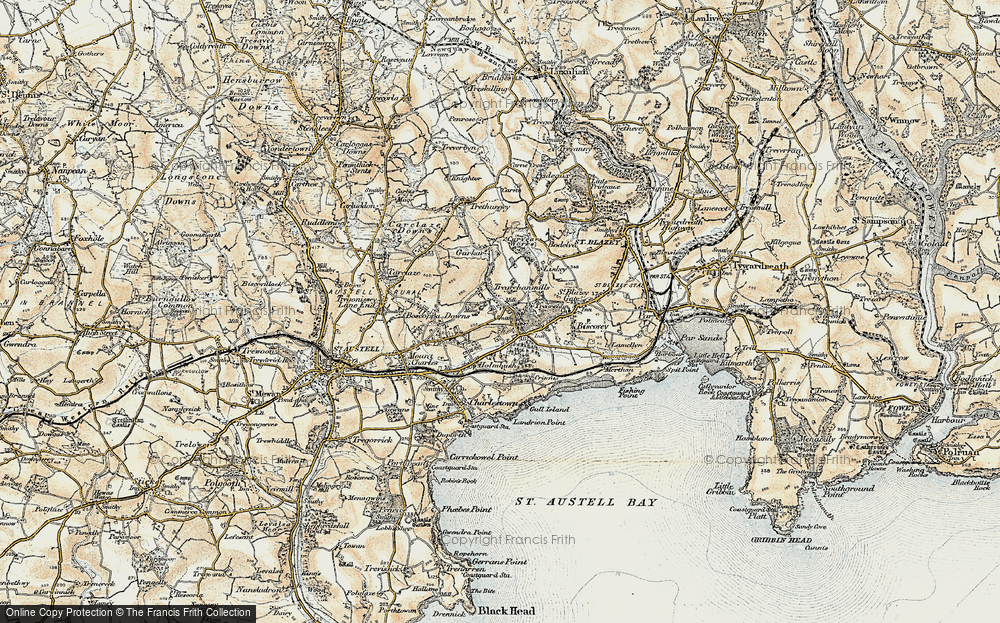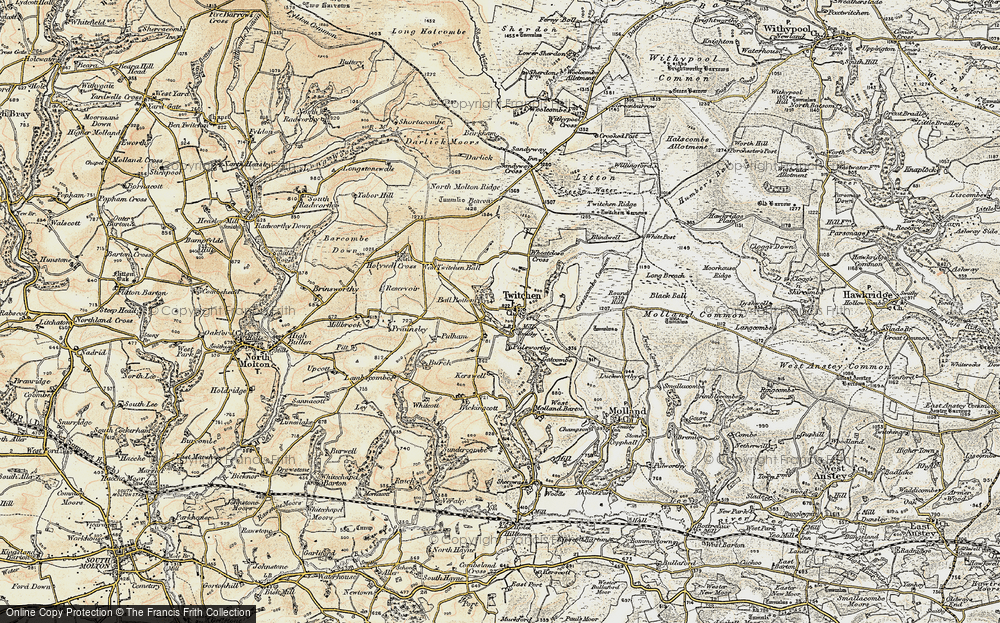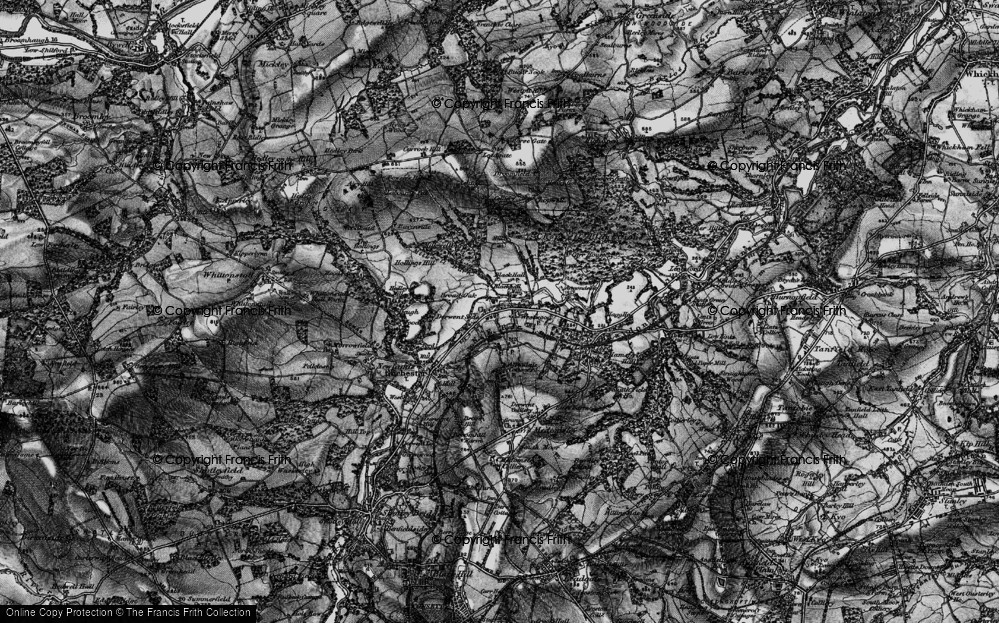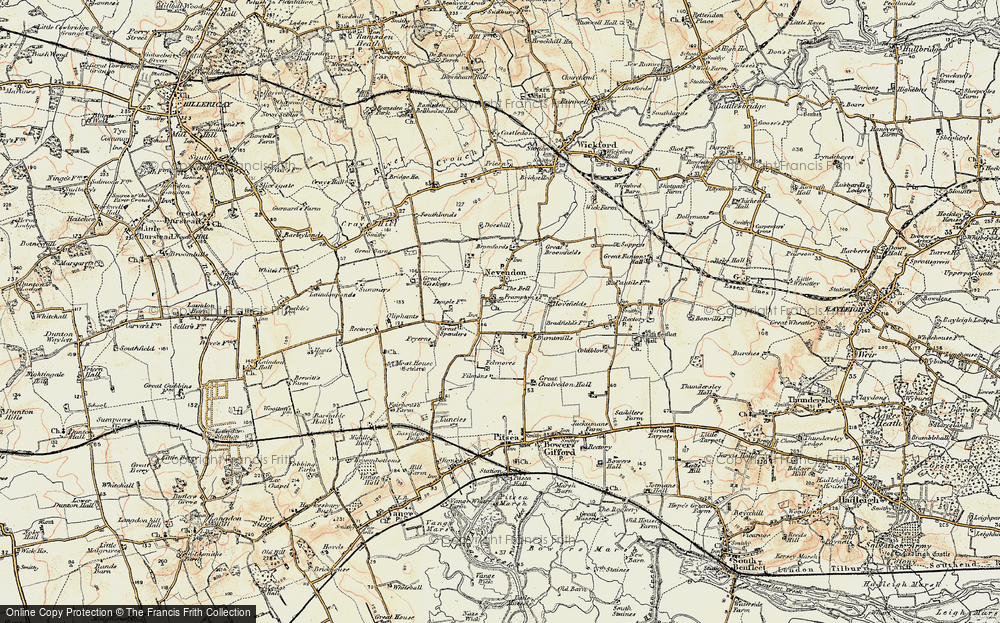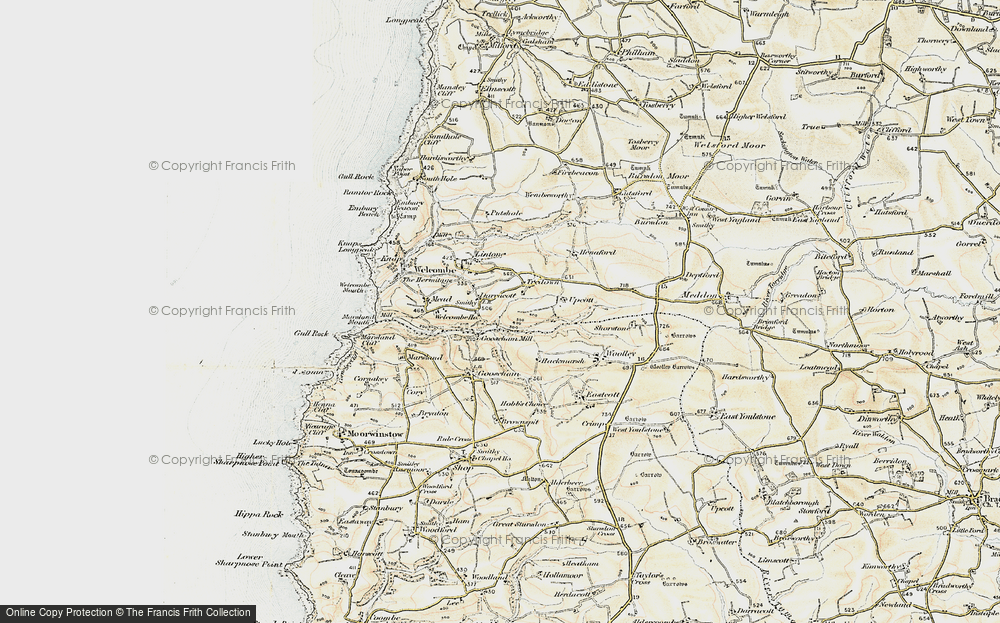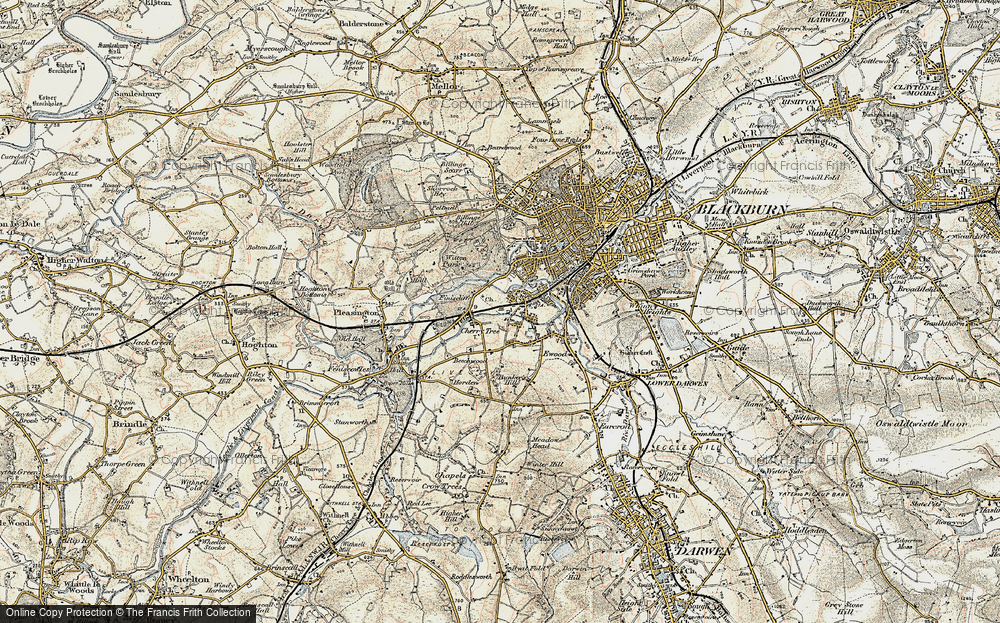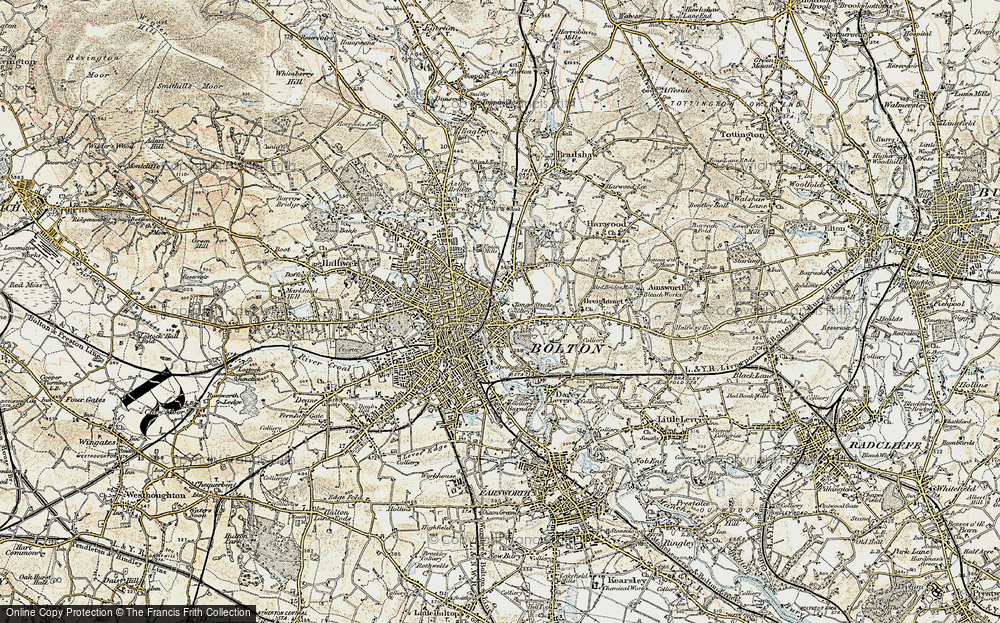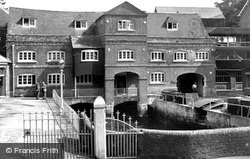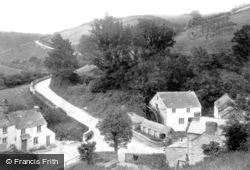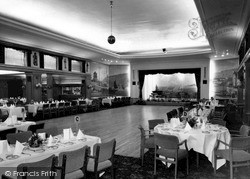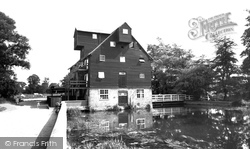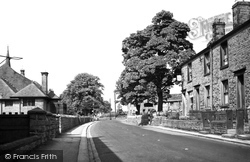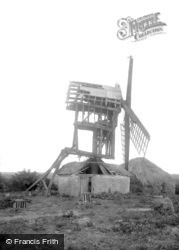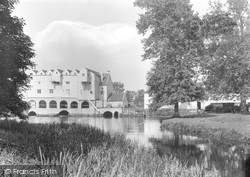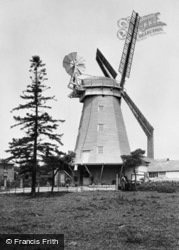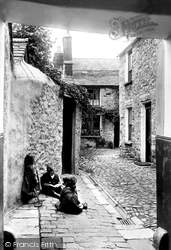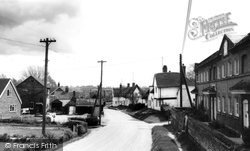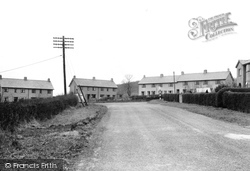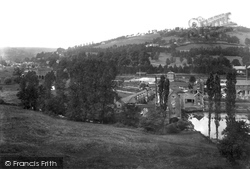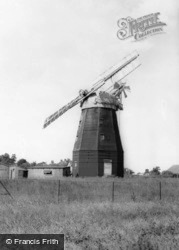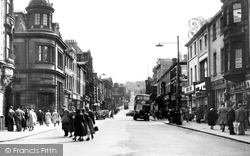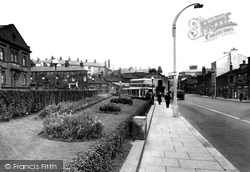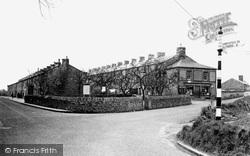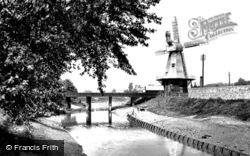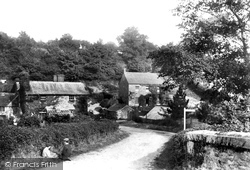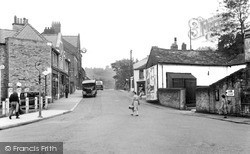Places
36 places found.
Those places high-lighted have photos. All locations may have maps, books and memories.
- New Mills, Derbyshire
- New Mills, Powys
- Clogh Mills, County Antrim
- Sion Mills, County Tyrone
- O'callaghan's Mills, Republic of Ireland
- Osmington Mills, Dorset
- Flatford Mill, Suffolk
- Mill Hill, Greater London
- Buck's Mills, Devon
- Pin Mill, Suffolk
- Heasley Mill, Devon
- Bardon Mill, Northumberland
- Rilla Mill, Cornwall
- Riding Mill, Northumberland
- New Mill, Hertfordshire
- Barton Mills, Suffolk
- Shaw Mills, Yorkshire
- Litton Mill, Derbyshire
- White Mill, Dyfed
- Middle Mill, Dyfed
- Yeo Mill, Devon
- Mills, Fife
- Millness, Cumbria
- Bish Mill, Devon
- Bache Mill, Shropshire
- Clay Mills, Staffordshire
- Kestle Mill, Cornwall
- Kirkby Mills, Yorkshire
- Lee Mill, Devon
- Rigg Mill, Yorkshire
- Roby Mill, Lancashire
- Nash Mills, Hertfordshire
- Pecking Mill, Somerset
- Mill Dam, Yorkshire
- Mill Hills, Suffolk
- Mill Lane, Hampshire
Photos
2,983 photos found. Showing results 241 to 260.
Maps
745 maps found.
Books
1 books found. Showing results 289 to 1.
Memories
1,715 memories found. Showing results 121 to 130.
Netherthong In The First World War Part 3
Private John Henry Hoyle was born in Wilson Square in 1879 and he joined the Royal Welsh Fusiliers (Teacher Battalion) in January 1916. He was reported as missing and his body was found on March ...Read more
A memory of Netherthong by
The Beauty Of Herne Bay In A Hectic World
I lived in Herne Bay for my teen years. I remember the Pier burning down and the sea freezing over. The winds could be so strong my mother and I had to hold on to the lamposts for fear of blowing into ...Read more
A memory of Herne Bay in 1964 by
Mill Street
I was born at 22 Mill Street in 1941 and attended Fairy Street School from 1945-1951 and later Gallowflat from 1951-1955.
A memory of Rutherglen in 1950 by
Billys Greengrocer
Billy's Greengorcer - a small shop on the corner of Hebron Street where you could buy fruit and veg, and almost anything else. In those years there was not an awful lot of choice.. two lots of potatoes, carrots, cauliflower, and ...Read more
A memory of Heyside in 1951 by
From Woodland Road To Cheshire Via The Penllwyn
On June 11th 1952 in the front downstairs room, (or close by) of 14 Woodland Road I let out my first cry. My early days of Pont are blurred, because they were not happy days. But I do remember ...Read more
A memory of Pontllanfraith by
Great Haseley
I was five when I moved to Great Haseley from Newington, near Stadhampton, with my mother, father and brother. The year was 1957 and Horse Close Cottages was a new housing estate - we were thrilled to have a bathroom and an ...Read more
A memory of Great Haseley by
The Mill
As a boy myself and my friends would gather our fishing rods and tackle and bike to the mill for a day’s fishing, I caught my first trout standing on the big outlet pipe from the mill, another time we were there and one of my friend fell ...Read more
A memory of Bordon by
Boyhood Memories
I was born in 89 Abbot Street, just off Sunderland Road, in 1932, then we moved to the Gateshead end of Redheugh Bridge. When the Second World War started we moved to 20 Brussel Street. The Davidson family lived in the flat ...Read more
A memory of Gateshead in 1940 by
Huntly
I went to the Gordon Schools until I moved to England in 1972, they were the best days of my life. My uncle George Robertson owned the painting and decorating shop in Castle Street. I remember the picnics down by the Deveron in the summer. ...Read more
A memory of Keith by
Woolen Mill
My grandparents George and Sarah Ruddick lived in Heads Nook. He worked as a guard on the railways, she worked in a small room repairing woollen blankets in the Mill. They lived in Glenn Terrace, Heads Nook. I have many happy ...Read more
A memory of Heads Nook in 1940 by
Captions
1,162 captions found. Showing results 289 to 312.
This picture, showing the 18th-century mill facade, was taken shortly before the construction of a silo block used for storing raw materials for making animal feeds.
Here we see the old corn mill deep in the valley at Crumplehorn in working order, with its overshot waterwheel fed by the trough of a launder.
In 1855 the Websters joined forces with James Horsfall, and the business transferred from Penns Mill to Hay Mills.
This picture, showing the 18th-century mill facade, was taken shortly before the construction of a silo block used for storing raw materials for making animal feeds.
The stone half way down the other side of the road marked the entry to Mill Lane which led to Mill Street, the main entry road to the town for many centuries.
This ancient mill was working up to the 1930s, when it was bought by the National Trust and run as a youth hostel.
Some villagers from here worked in the corn mill converted to cotton spinning. A great spirit prevailed amongst the mill workers, who particularly enjoyed Christmas parties at the mills.
It appears that the mill has been used as a source of firewood. Note the remains of the primitive common sails, and also the two old-style poultry coops in the foreground.
This water-mill, powered by a hidden undershot wheel, stands on the bank of the river Bure, and is built of entirely of wood. There are two large millstones leaning on the small annexe.
A fine white weatherboarded smock mill, it stands on a single-storey brick base with a stage at first-floor level and also around the cap.
This is a typical Nottinghamshire brick tower mill, tall and black-tarred. The photograph shows the mill in full working order.
Miller Bridge, once known as Mill Bridge because it linked the mills on the east of the river with the town, is one of the chief bridges across the River Kent.
The weather- boarded former water mill, trading as Brent Eleigh Tools (centre left), was converted into a dwelling c1990; the mill machinery and stones were preserved in the conversion.
Lower Dolphinholme is closer to the river and the worsted spinning mill, whose vast wheel was driven by water from the River Wyre. The mill closed in 1867.
In the foreground lies Wimberley Mill, run in 1900 by the Critchley family as a pin factory. Hidden beyond it is the Thames and Severn Canal, and then the railway.
Cattell's Mill is a black-tarred weatherboarded smock windmill on an octagonal single-storey brick base.
Hard Water Mill is a noted landmark in this area. Some sources suggest that the Archbishop of Canterbury, Thomas a Becket, fled here after a confrontation with King Henry II at Northampton Castle.
The River Irwell, beside which Bacup lies, powered the first mills in the town, and the Irwell Mill, whose square tower rises at the back, was one of several providing employment in the town
The River Irwell, beside which Bacup lies, powered the first mills in the town, and the Irwell Mill, whose square tower rises at the back, was one of several providing employment in the town
These 18th-century stone cottages were built for workers at the nearby mill, which was originally water-driven - its wheel was second only in size to that of Laxey on the Isle of Man.
The brick and white weatherboarded smock mill still stands in Mill Lane on the banks of the River Tillingham, though it is now converted for use as a guest house.
This hamlet down in the East Looe river valley a mile from Liskeard was once a small centre of industry.
This 18th-century mill stands on the River Frome where it meets the stream from Hooke; there has been a water mill here since Saxon times.
In 1788, however, it and its near neighbour Marple were transformed into centres of industry when Samuel Oldknow built a mill here employing 400 people.
Places (178)
Photos (2983)
Memories (1715)
Books (1)
Maps (745)


